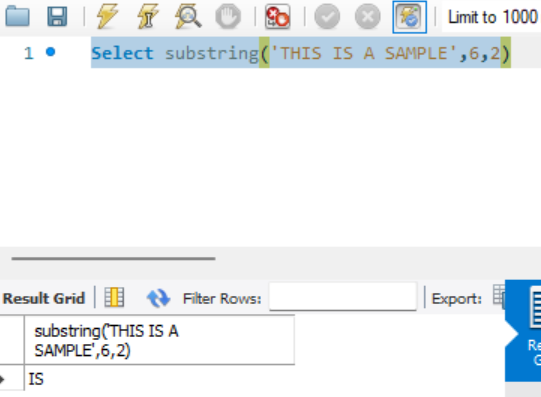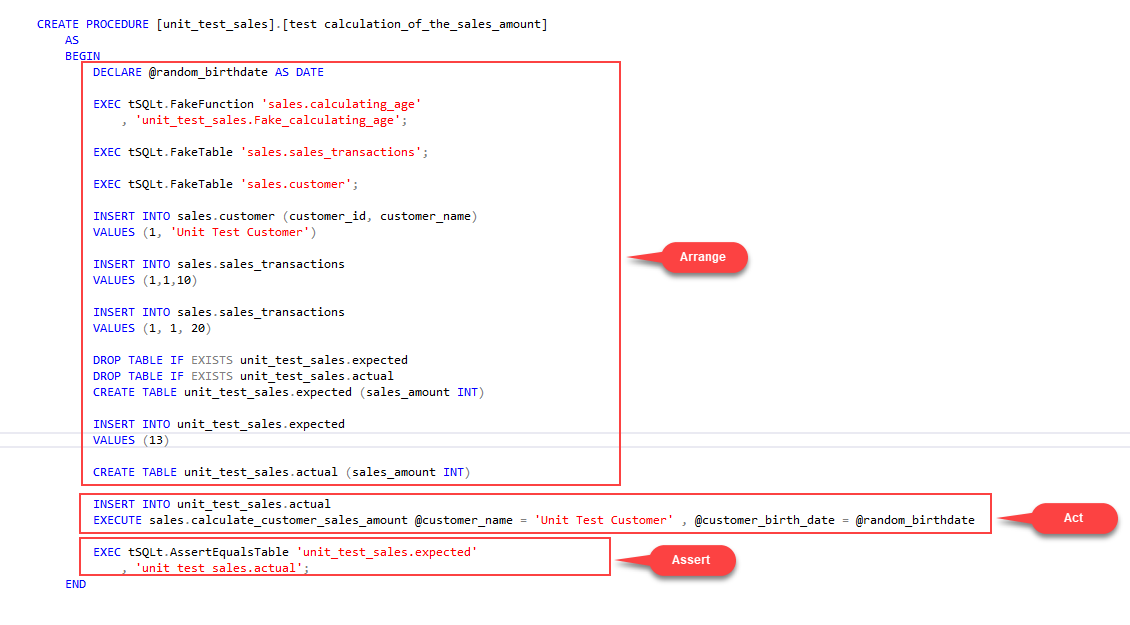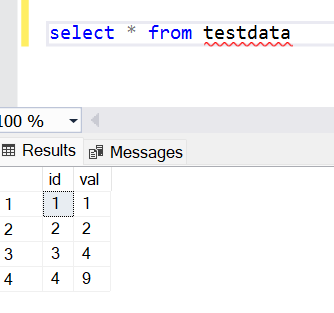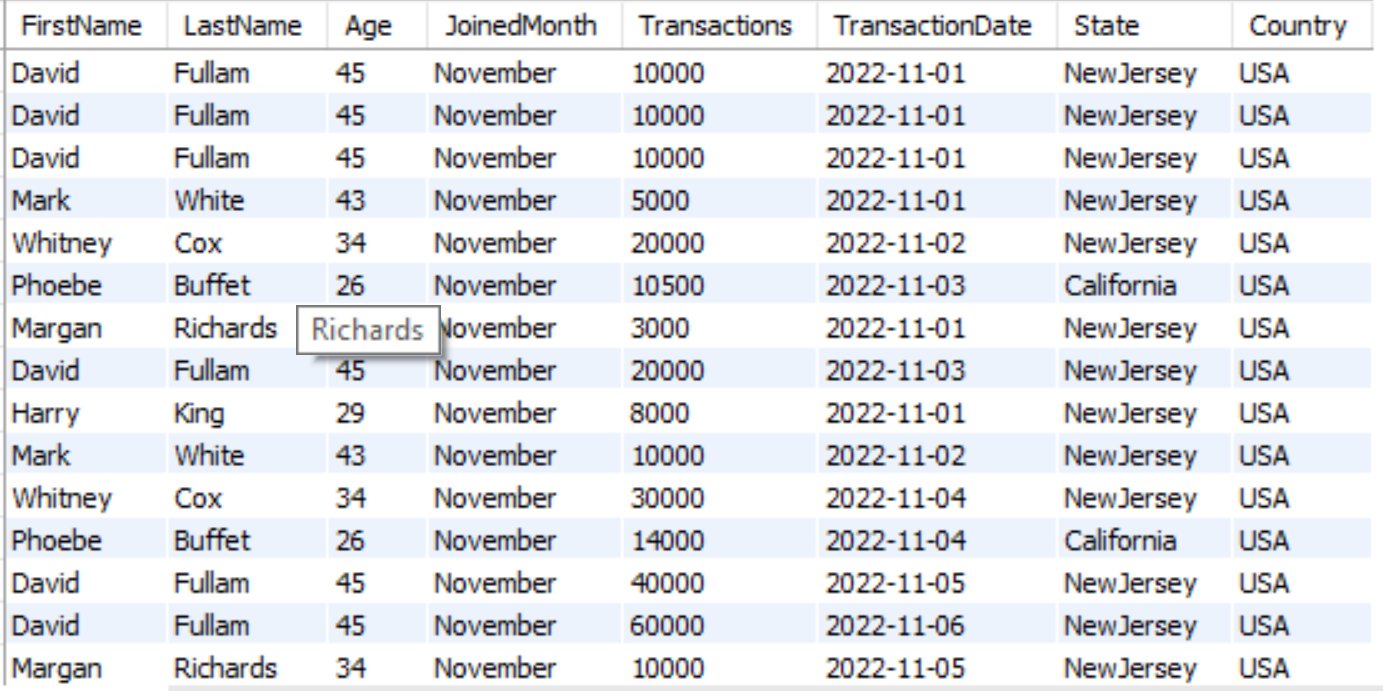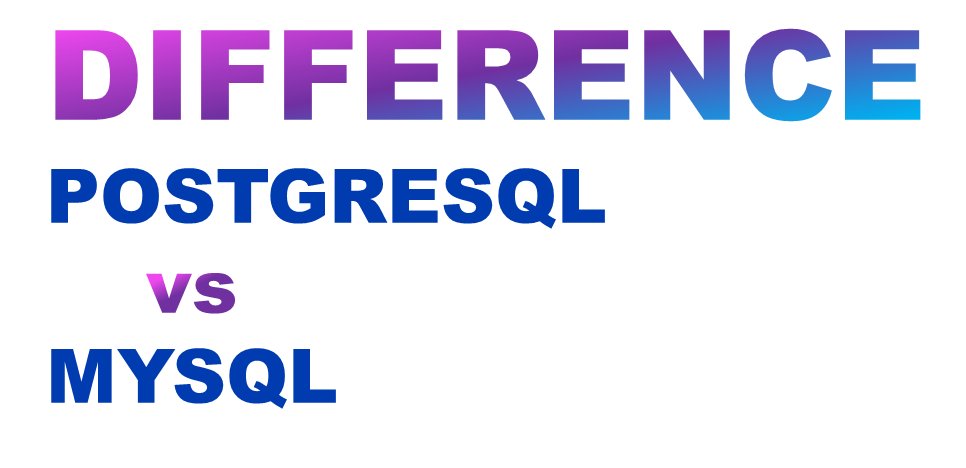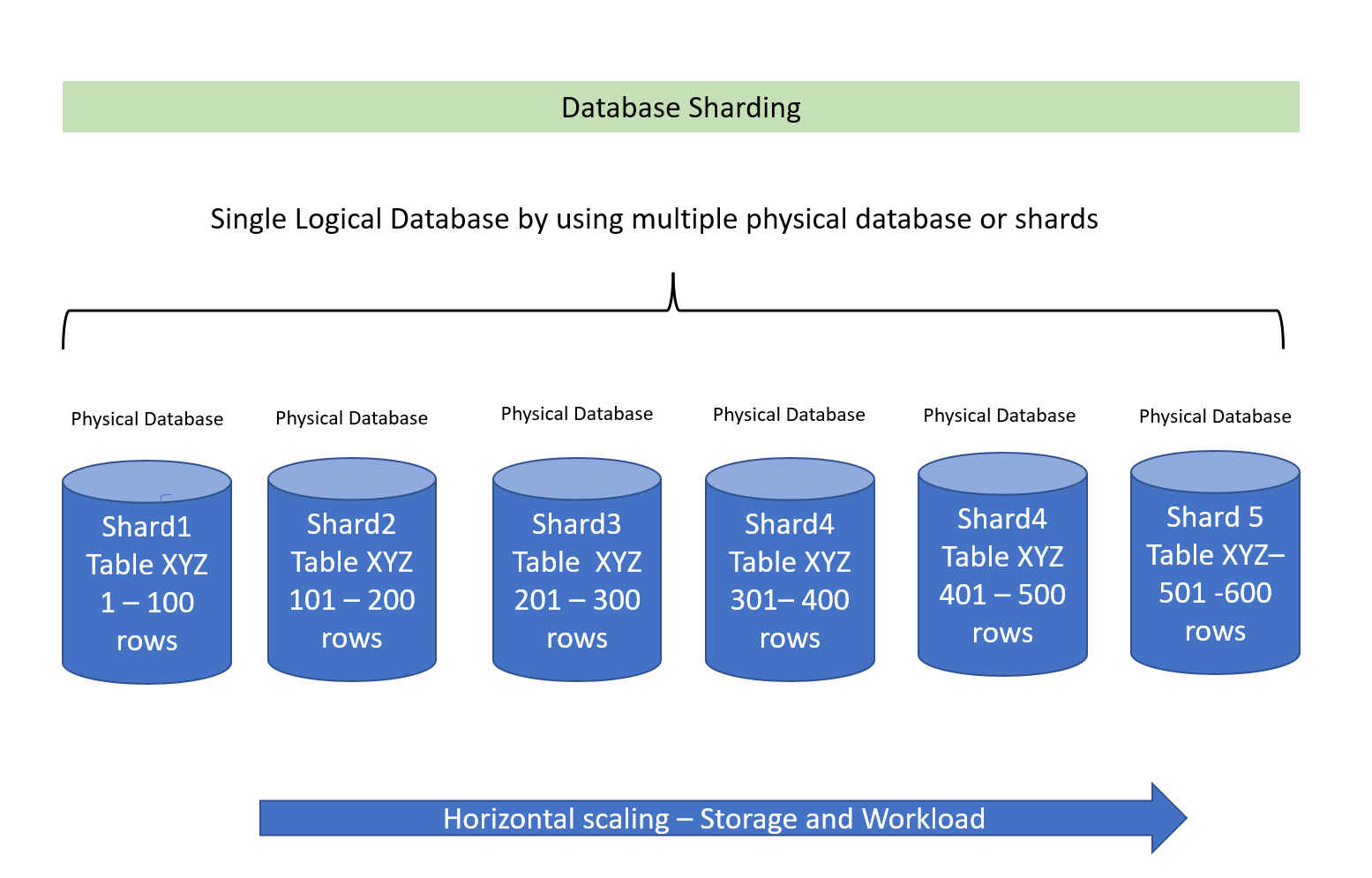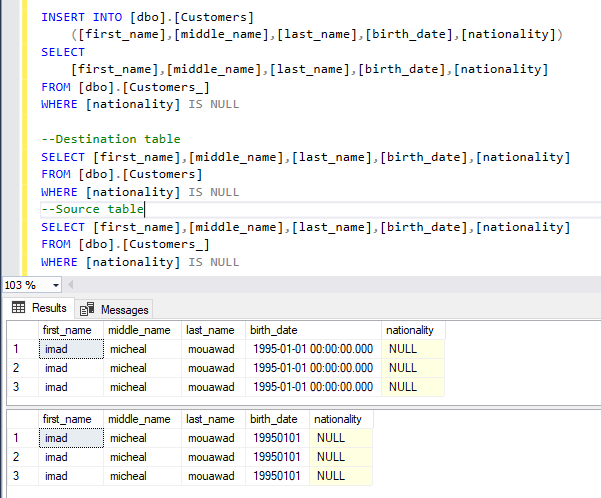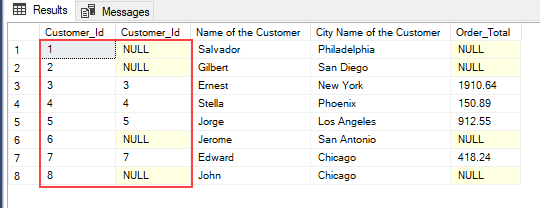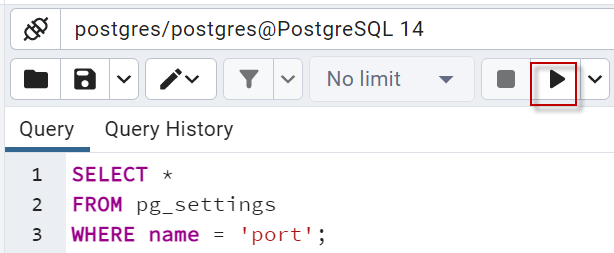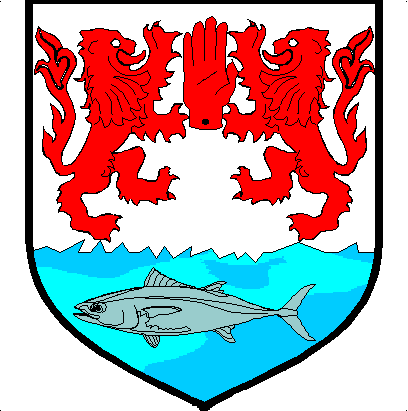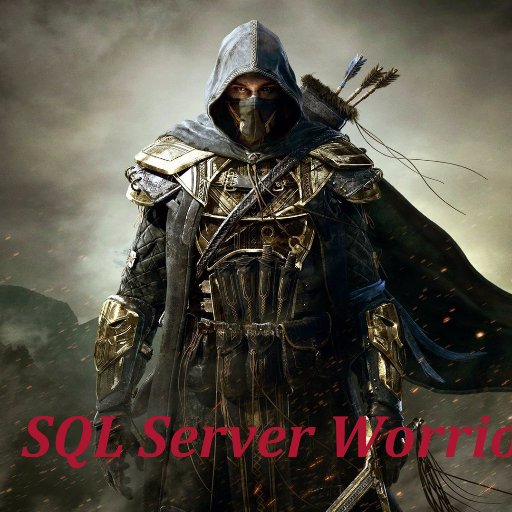
SQL Shack
@SQLShack
SQL Shack is a new SQL server blog with articles about database auditing, server performance, data recovery and more
Vous pourriez aimer
We’re moving, but not far! 🛫 We're part of @Quest, and we're sharpening our focus on what matters most: trusted data, secure identities, and modern platforms. All to power AI success. Follow us on LinkedIn, X, Facebook, YouTube or visit 🔗 quest.com.

Developers widely use the data type “String” in MySQL for storing data as well as in different formatting operations. Learn more about “Substring” function to extract a substring from a string: sqlshack.com/mysql-substrin…
Data Types are an important part of a database. Choosing the right data type for a table is one of the most important tasks because it determines the kind of data we want to store in a table. Here are #PostgreSQL Data Types with various examples: sqlshack.com/an-introductio…
sqlshack.com
An introduction to PostgreSQL Data Types with examples
This article will show PostgreSQL Data Types with various examples.
Unit testing is a testing technique that allows us to the test functionality of the smallest and programmable part of the software. Learn the basics of #SQL unit testing and how to write a SQL unit test through the tSQLt framework: sqlshack.com/sql-unit-testi…
Learn how to install Postgres on Ubuntu 20.04.5 LTS: sqlshack.com/how-to-install…
sqlshack.com
How to install PostgreSQL on Ubuntu
This article will show how to Install Postgres on Ubuntu.
#database monitoring consists of a set of techniques and operations that aims to maintain the health and performance of a database management system. Learn the different methods for monitoring #mongodb #NoSQL databases: sqlshack.com/different-meth…
sqlshack.com
Different methods for monitoring MongoDB databases
This article will describe what database monitoring is and why it is essential. Then, it illustrates the different methods for monitoring MongoDB NoSQL databases.
Understanding your organization's business needs and leveraging #MachineLearning through the import, manipulation, and export process is critical to achieving goals and objectives. Learn more: sqlshack.com/sql-machine-le……
Gauri Mahajan shows how to calculate the standard deviation function manually as well as using the #sql standard deviation function: sqlshack.com/introduction-t…
The GROUP BY statement is used to group identical values from the specified column to get the desired output. Manvendra Deo Singh explains how to do a group by clause in your #SQL queries: sqlshack.com/how-to-do-a-gr…
sqlshack.com
How to do a group by clause
This article will show the Group By clause, what it does and why we use this in SQL queries.
#PostgreSQL is important to learn as it's the 4th most popular #database in the world. Daniel Calbimonte is sharing his expertise with newbies: sqlshack.com/postgresql-tut…
sqlshack.com
PostgreSQL Tutorial for beginners
This article will serve as a PostgreSQL tutorial for beginners
One of the common requirements for all #dataoperations is the ability to perform aggregation, which #mysql provides. Start with understanding the concept and dive into the process: sqlshack.com/mysql-group_co…
#Oracle #SQL database has several helpful functions, including the commonly used SUBSTR for string manipulation. Learn more about this function and its syntax, availability, and usage: sqlshack.com/understanding-…
sqlshack.com
Understanding Substring in Oracle SQL
This article will describe Substring in Oracle SQL.
Manvendra Deo Singh compares the two most popular database products #postgresql vs #mysql, and explains the differences between them: sqlshack.com/postgresql-vs-…
When an application grows the associated database grows automatically, so it needs to be scaled to a larger machine or server. Randheer Parmar explains scaling in #oracledatabase and the methods to implement scaling: sqlshack.com/understanding-…
Learn about the different approaches used to insert multiple rows in #SQL: sqlshack.com/learn-sql-inse…
Here is an overview of #MySQL Cluster suitable for both database beginners and professionals. Get a taste of how different components work together to form a system in the form of MySQL Cluster and the challenges it may face: sqlshack.com/mysql-cluster-…
sqlshack.com
MySQL Cluster in simple words
This article will show MySQL Clusters in an easily understandable format.
Transact-SQL is an extension of the #SQL that is used to manipulate and fetch data from the Microsoft SQL server. Take a look at sample SQL queries that can help you learn basic T-SQL queries as quickly as possible: sqlshack.com/sql-cheat-shee…
The main difference between #SQL server and #PostgreSQL to create stored procedures are the dollar-quoting ($$), the use of semicolons (;) and the way to concatenate strings with variables. Learn how to create a PSQL stored procedure: sqlshack.com/psql-stored-pr…
How to create a PostgreSQL stored procedure, and how to work with variables? Find out here:sqlshack.com/psql-stored-pr…
While doing the #database migration you should take care of multiple things to do it successfully. Learn about the strategy and options to migrate the #Oracle database to the #Azure SQL database: sqlshack.com/migrating-orac…
United States Tendances
- 1. Aaron Gordon 28.4K posts
- 2. Steph 67.2K posts
- 3. Jokic 23.6K posts
- 4. #criticalrolespoilers 13.9K posts
- 5. Halle 21.3K posts
- 6. #EAT_IT_UP_SPAGHETTI 253K posts
- 7. Wentz 25.6K posts
- 8. Vikings 53.2K posts
- 9. Warriors 94.3K posts
- 10. Hobi 43.8K posts
- 11. #LOVERGIRL 18.9K posts
- 12. #breachchulavista 1,290 posts
- 13. Talus Labs 19.4K posts
- 14. Megan 38.9K posts
- 15. Ronald Reagan 20.4K posts
- 16. Cam Johnson 1,707 posts
- 17. cupcakke 4,774 posts
- 18. Pacers 22.3K posts
- 19. #thebakkery 2,082 posts
- 20. Kuminga 5,961 posts
Something went wrong.
Something went wrong.










